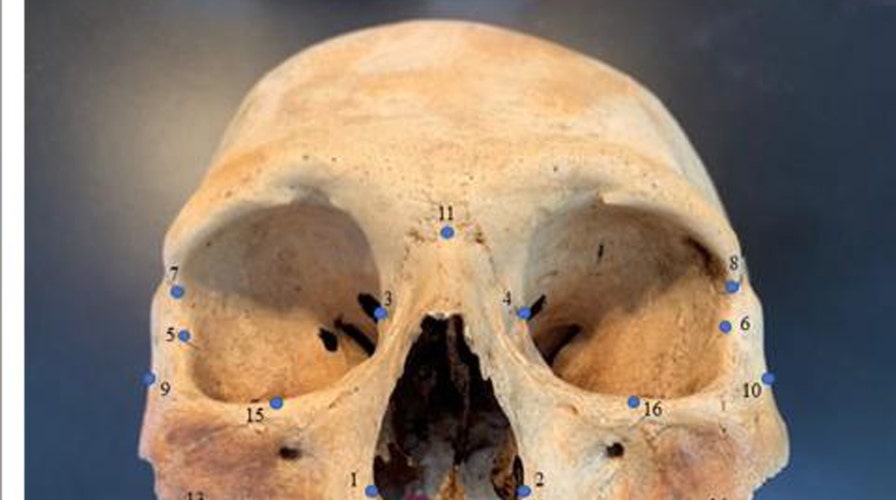Fox News Flash top headlines for Jan. 13
Fox News Flash top headlines for Jan. 13 are here. Check out what's clicking on Foxnews.com
For years, researchers tried to prove that Christopher Columbus' encounters with "cannibal marauders" during his trip to the Caribbean in 1492 were just myths. A new study, however, suggests that Columbus' stories may have been the truth.
The research, published in Scientific Reports, notes that the "Caribs," a group of South American people who were also rumored to be cannibals, invaded Jamaica, Hispaniola and the Bahamas in 800 A.D., hundreds of years before previously believed.
"I've spent years trying to prove Columbus wrong when he was right: There were Caribs in the northern Caribbean when he arrived," said William Keegan, Florida Museum of Natural History curator of Caribbean archaeology, in a statement. "We're going to have to reinterpret everything we thought we knew."

Researchers analyzed the skulls of early Caribbean inhabitants, using 3D facial "landmarks" as a genetic proxy for determining how closely people groups were related to one another. (Credit: Ann Ross/North Carolina State University)
EXPERTS DISCOVER 'CHRISTOPHER COLUMBUS' ANCHOR AT CARIBBEAN SHIPWRECK SITE
Columbus described the Carib raiders originally as "Caniba," a group that terrorized the native Arawaks, abducting their women and eating their men. Eventually, Columbus' Spanish successors corrected the name to "Caribe."
Researchers analyzed some of the skulls of the early inhabitants using facial recognition technology to uncover the relationships between the groups. In particular, they looked at facial "landmarks" (eye socket size or nose length) to determine how closely the groups were related to each other.
Carib skulls were identified thanks to their practice known as "skull flattening" which warped their skulls, the researchers wrote in the study.
Ann Ross, a professor at North Carolina State University and the study's lead author, said adding the biological components of the more than 100 skulls — dated from approximately 800 to 1542 A.D. — revealed three distinct groups of people, as well as their migration routes, a find Ross described as "really stunning."
The Caribbean's earliest settlers not only came from the Yucatan, Colombia and Venezuela, as seen in the early pottery, but the Bahamas and Hispaniola as well (the Caribs), a finding that Ross said was very important.
GRUESOME HUMAN SACRIFICE DISCOVERY: SKULLS REVEAL GRISLY SECRETS OF LOST AZTEC CITY
"I had been stumped for years because I didn't have this Bahamian component," Ross said, adding that the remains will change the perspective of the people of the Caribbean.
Keegan said the differences in the pottery that was discovered, known as Meillacoid, also led to the conclusion that Columbus was right. "Why was this pottery so different from everything else we see? That had bothered me," he said. "It makes sense that Meillacoid pottery is associated with the Carib expansion."
Though we may never be 100 percent certain that Columbus encountered cannibals, it's more likely than not, Keegan said, noting the Arawaks and Caribs were enemies, despite occasional intermarriage between the groups.
“It’s almost a ‘Hatfields and McCoys’ kind of situation,” Keegan added. “Maybe there was some cannibalism involved. If you need to frighten your enemies, that’s a really good way to do it.”
In 2017, experts uncovered an anchor believed to be from one of Christopher Columbus’ ships. In a separate project, archaeologists discovered two 16th-century anchors off the coast of Mexico in December 2019 that may be from ships used by conquistador Hernán Cortés.
CLICK HERE TO GET THE FOX NEWS APP
Fox News' James Rogers contributed to this report.

